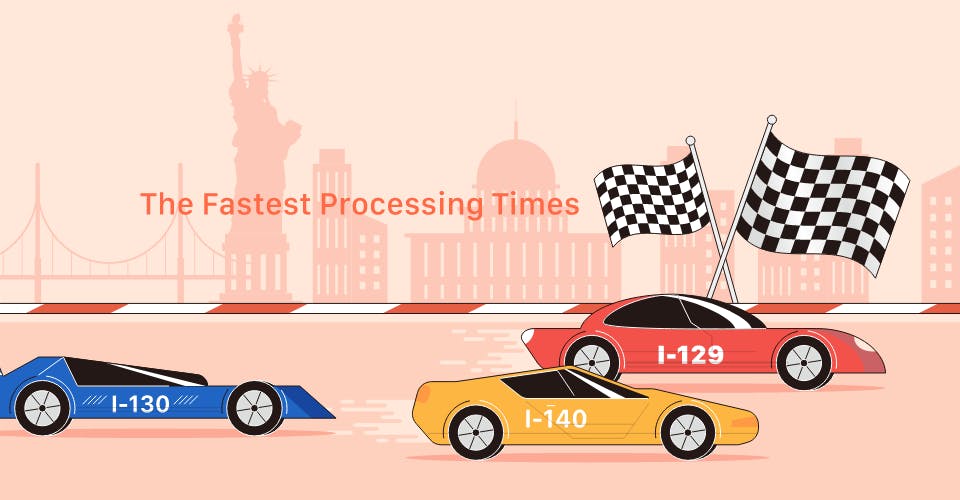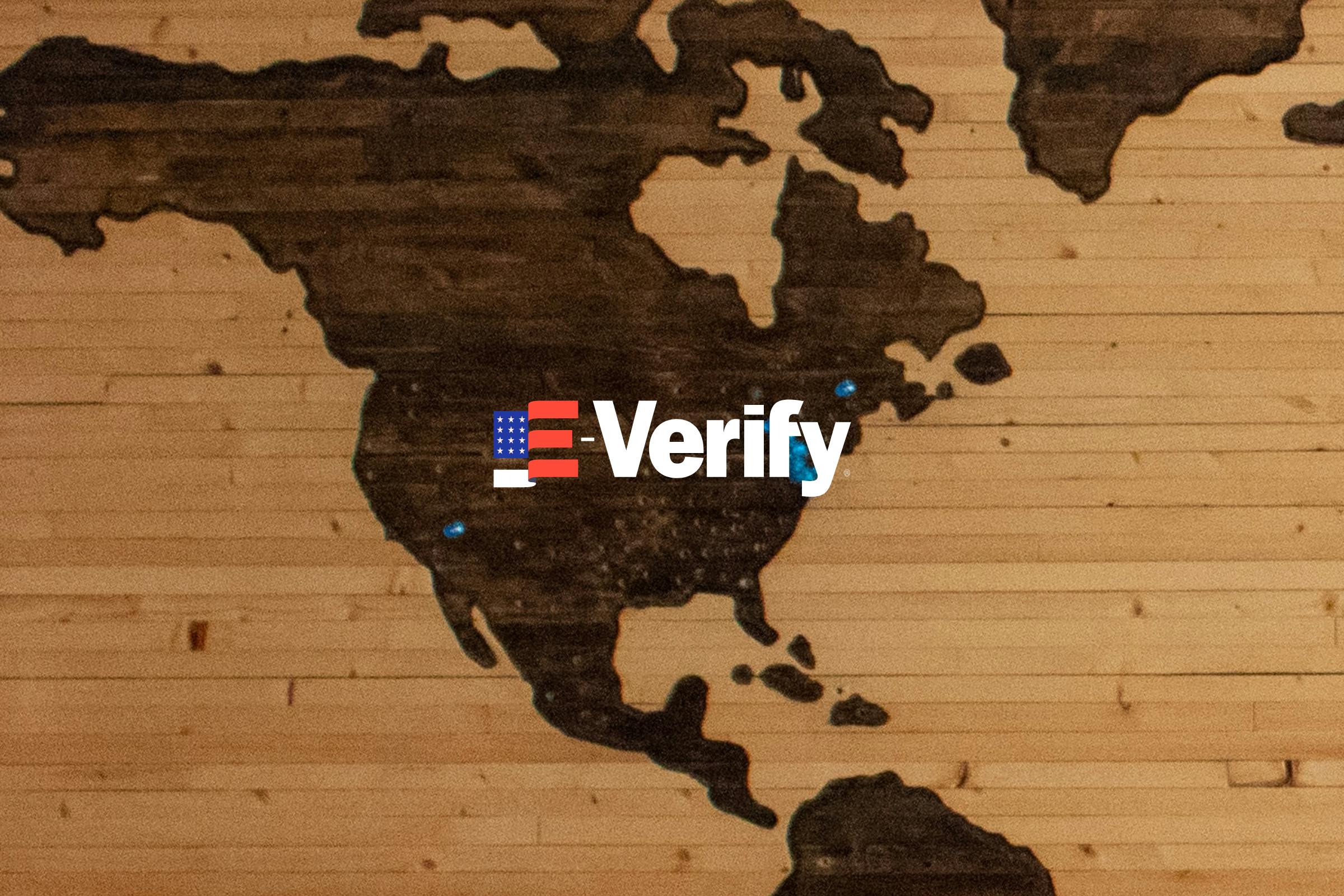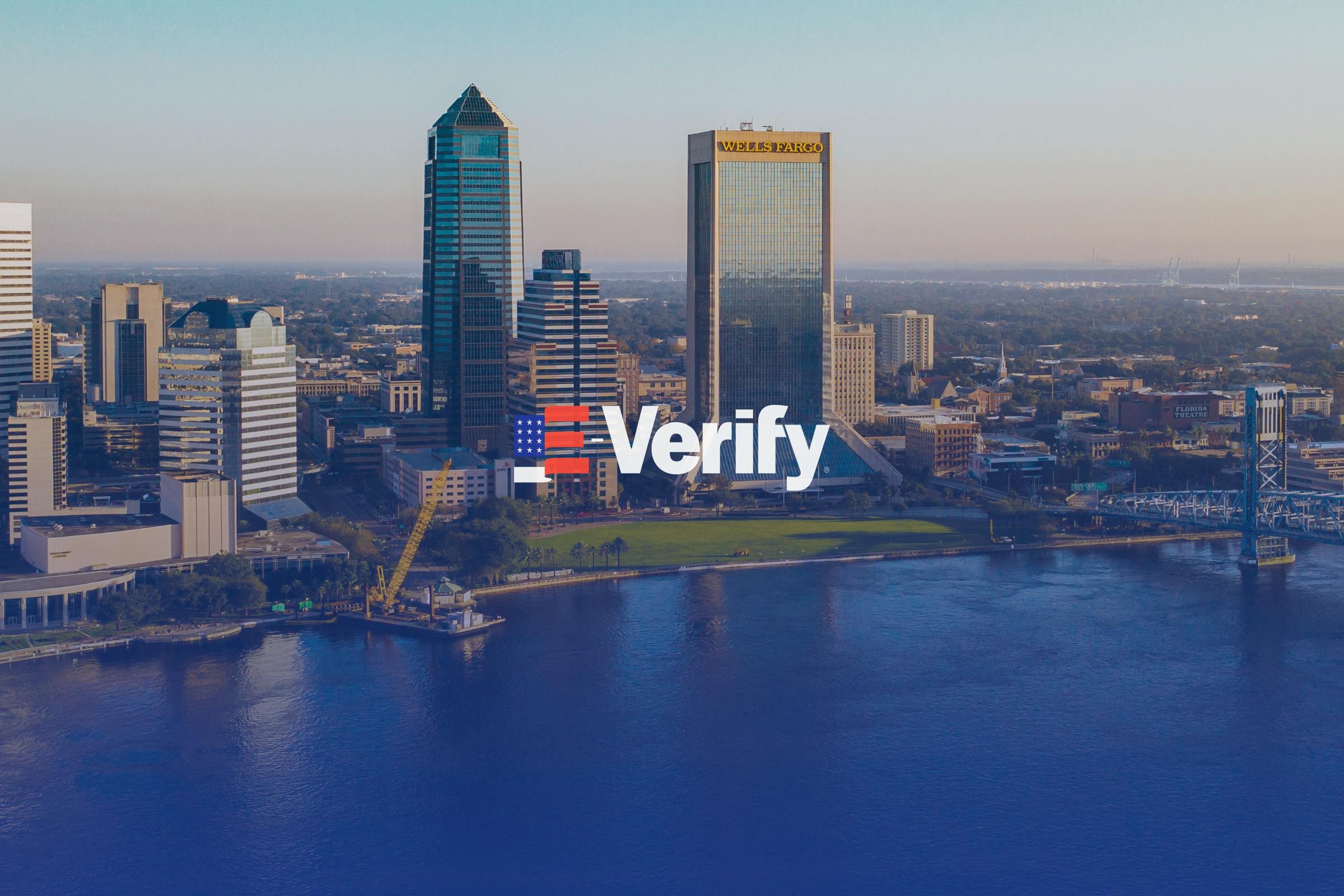The USCIS has a new improvement on their site that specifically helps immigration applicants track their processing times with more precision. This new function is particularly useful because instead of giving applicants a range of processing times (which used to be plus or minus 6 months), the new improvement narrows the processing times down to one number and accounts for more filing categories.
While this new feature has not altered processing times or reduced the USCIS backlog, it does give immigrants as well as professionals a better understanding of which applications are taking the longest, and also which applications have the shortest processing time. Let’s take a closer look at USCIS petitioner wait times:
Petition for a Non-Immigrant Worker (I-129)
Employers use the I-129 form to file a petition for a non-immigrant worker in many different categories. This goes beyond the H1-B to cover athletes, artists, individuals with extraordinary abilities, as well as temporary agricultural, non-agricultural workers, and Intracompany transferees.
Right now the processing time for agricultural workers and non-agricultural workers (H2-A and H2-B) is very fast. Employers are seeing a processing time of 1-2 months at most.
Employers petitioning for an H1-B hire when they are already in the U.S. and changing their immigration status have moderately fast processing times. California has the longest processing time of 5 months, whereas employers filing in Vermont or Texas only have a 1.5 to 2 month wait period.
Intra-company transferees (L-visa) petitioners also have a very quick turn around time, with the exception for employers who are filing in California. For those seeking a petition approval in California, the processing time for this type of application is 5 months. Whereas, in Vermont and Texas, the processing time is only 1 month.
Petition for an Alien Relative (I-130)
Taking a closer look at the I-130 petition for an alien relative, these are some of the longest processing times in USCIS history, and should likely serve as a guide for which type of petitions to avoid in most cases.
If you are a green card holder or U.S. citizen who is filing an I-130 for a spouse or child under 21, you are in luck as these processing times are still reasonable. There is an average processing time of 19 months across all of the field offices for LPRs who are filing on behalf of a spouse or child under the age of 21. The fastest center for this type of application is Nebraska at 5 months. California and Vermont are 25, and 28 months, respectively.
If you are a U.S. citizen who is filing the same I-130 on behalf of a spouse or child under the age of 21, your average processing time across all field offices is much faster—at 10.3 months. In general, U.S. citizens wait less time for this application.
Any other category of filing for the I-130 petition is extremely long, and some processing center wait times are longer than 5 years. These applications should be avoided if possible, with applicants and family members seeking other methods (such as employment based opportunities) for loved ones to reunite in the United States.
Immigrant Petition for an Alien Worker (I-140)
Taking a quick look at some of the processing times for the immigrant petition for an alien worker, it is clear that these wait times are similar to the wait times for non-immigrant petitioners. In other words, you will receive a fair wait time in either of these categories, while family based petitions remain extraordinarily long.
Interestingly, EB-1, EB-2, and EB-3 petitioner wait times are all very similar, with 80 percent of cases being completed within a 10-13 month period. NIW self-petitioner times are some of the longest in the I-140 category, with a 15 month average wait time for self-petitioners who file in Nebraska, and an 18 month wait time for self-petitioners who file in Texas.














